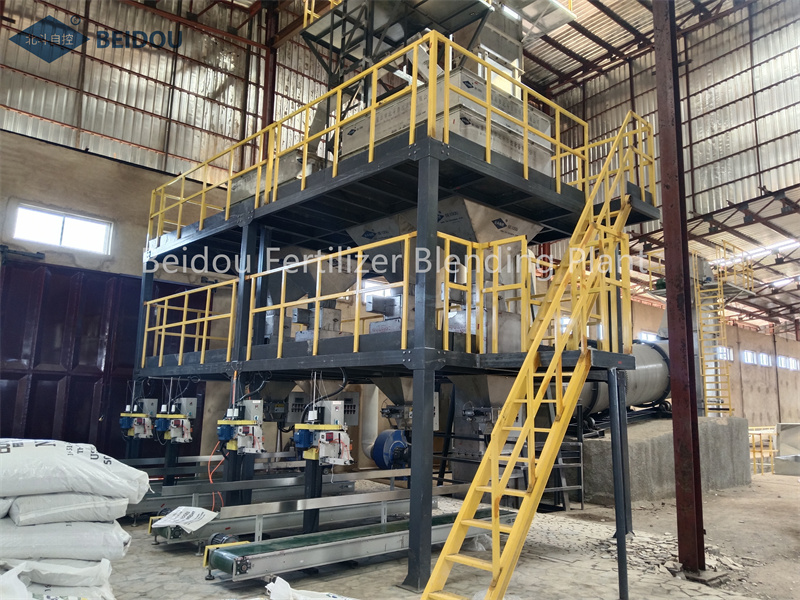Key Steps to Establishing a Blended Fertilizer Factory
Key Steps to Establishing a Blended Fertilizer Factory
Creating a blended fertilizer factory is a multifaceted project that requires careful planning and execution. Here are the essential steps to guide you through the process of setting up a successful blended fertilizer manufacturing facility.
1. Conduct Market Research
Before embarking on the journey of establishing a blended fertilizer factory, it is crucial to conduct thorough market research. Understanding the demand for blended fertilizers, identifying your target market, analyzing competitors, and recognizing industry trends are vital for making informed decisions. This research will help you determine the types and quantities of fertilizers to produce, as well as potential sales strategies.
2. Develop a Business Plan
A comprehensive business plan serves as the foundation of your project. This plan should include details about the production process, financial projections, marketing strategies, and operational logistics. It should also outline the goals and objectives of your factory, helping you stay focused and organized throughout the setup process.
3. Secure Funding
Establishing a blended fertilizer factory requires significant capital investment. Secure funding through various sources such as loans, investors, or grants. Ensure you have a detailed financial plan that includes the cost of land, equipment, raw materials, labor, and other operational expenses. Presenting a solid business plan to potential investors or financial institutions can increase your chances of obtaining the necessary funds.
4. Choose a Strategic Location
Selecting the right location for your factory is critical to its success. Consider factors such as proximity to raw material suppliers, ease of access to transportation networks, availability of skilled labor, and compliance with local zoning regulations. A strategically located factory can reduce transportation costs and ensure timely delivery of raw materials and finished products.

5. Obtain Necessary Permits and Licenses
Ensure compliance with local, state, and federal regulations by obtaining the required permits and licenses. This may include environmental clearances, building permits, and business licenses. Working closely with regulatory authorities can help you navigate the legal requirements and avoid potential setbacks.
6. Design the Factory Layout
An efficient factory layout is essential for smooth operations. Design the layout to optimize the flow of materials and minimize production bottlenecks. Consider the placement of machinery, storage areas, and employee workstations to enhance productivity and safety. Consulting with industrial engineers or factory design experts can help you create an optimal layout.
7. Purchase Equipment and Raw Materials
Invest in high-quality equipment that meets your production needs. This includes mixers, blenders, conveyors, packaging machines, and storage silos. Establish relationships with reliable suppliers to ensure a steady supply of raw materials such as nitrogen, phosphorus, potassium, and other essential nutrients.
8. Hire and Train Staff
Recruit skilled personnel to operate the machinery and manage various aspects of the production process. Provide comprehensive training to ensure employees understand safety protocols, equipment operation, and quality control measures. A well-trained workforce is crucial for maintaining high production standards and ensuring workplace safety.
9. Implement Quality Control Measures
Maintaining product quality is vital for customer satisfaction and regulatory compliance. Implement stringent quality control measures at every stage of the production process, from raw material inspection to final product testing. Regular audits and continuous improvement practices can help you maintain high-quality standards.
10. Launch Production and Marketing
Once the factory is set up and fully operational, commence production. Develop a marketing strategy to promote your blended fertilizers to potential customers. Utilize various marketing channels such as online platforms, trade shows, and agricultural fairs to reach a broader audience. Building strong relationships with distributors and retailers can also help increase your market reach.
Establishing a blended fertilizer factory involves meticulous planning and execution. By following these key steps, you can create a successful manufacturing facility that meets market demands and maintains high-quality standards. With the right approach, your blended fertilizer factory can contribute significantly to the agricultural sector and achieve long-term success.
